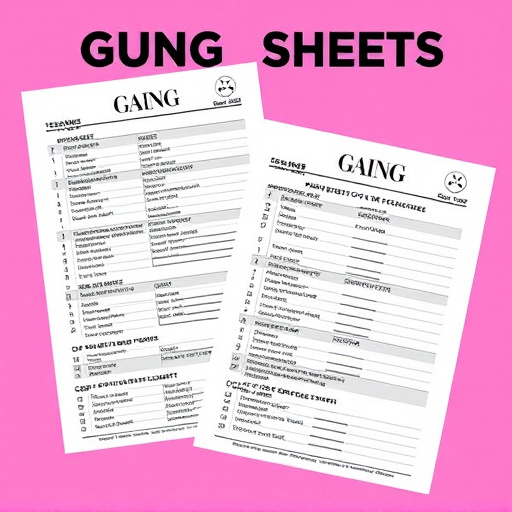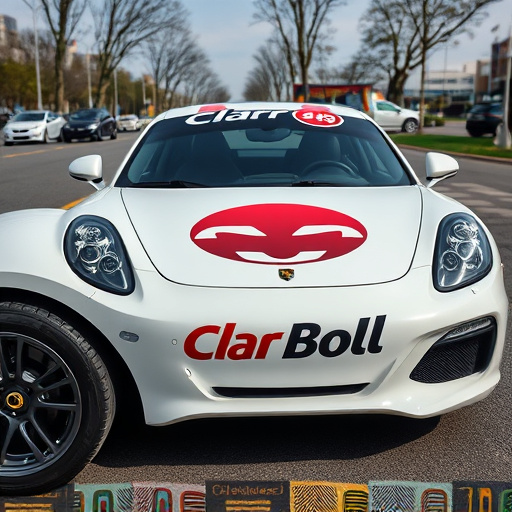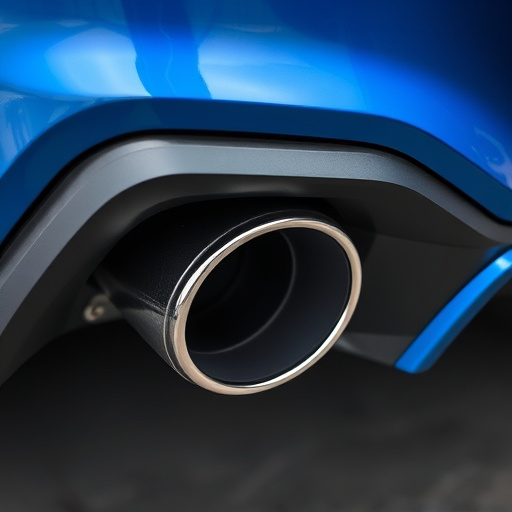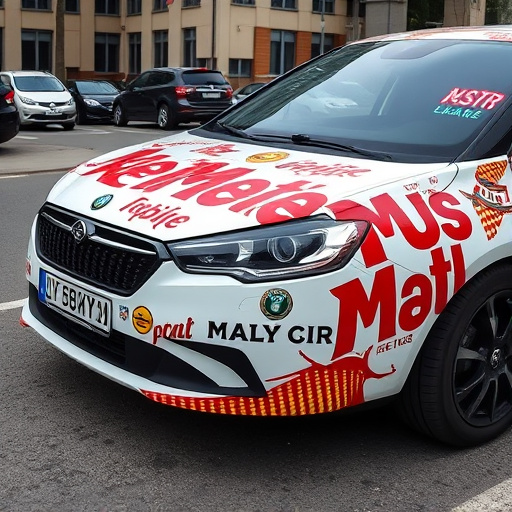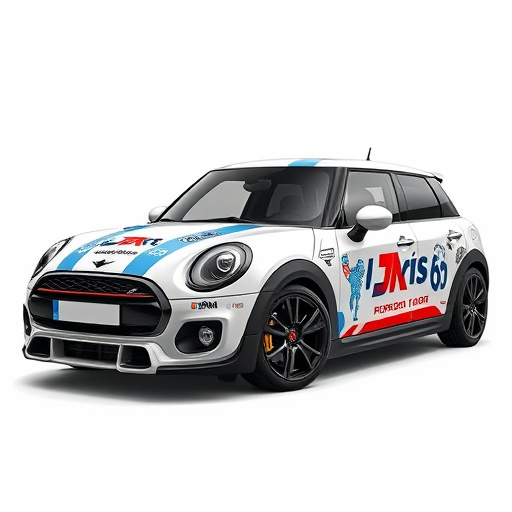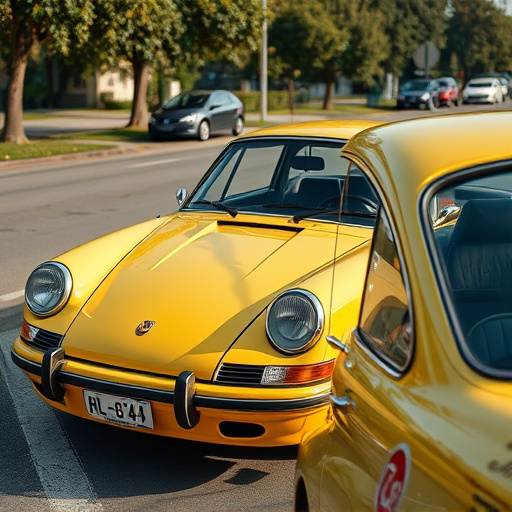To install racing stripes, gather high-quality decals, a clean cloth, applicator tool, and heat gun (optional). Prepare workspace, apply adhesive to stripes, position them carefully, and smooth after installation. Lightly sand edges, then seal with topcoat or sealant for protection.
Looking to give your vehicle a dynamic, sporty look? Installing racing stripes is an effective way to achieve this. This step-by-step guide covers the entire process, from gathering the right materials and preparing your car’s surface, to applying adhesive and positioning the stripes accurately. We’ll also show you how to smooth and seal for longevity and protection. Discover the secrets to a successful racing stripes installation.
- Gather Materials and Prepare Surface
- Apply Adhesive and Position Stripes
- Smooth and Seal for Longevity and Protection
Gather Materials and Prepare Surface

Before starting your racing stripes installation, ensure you have all the necessary materials on hand. This typically includes high-quality racing stripe decals or vinyl, a clean cloth, and a roller or applicator tool designed for this purpose. For a professional finish, consider using a heat gun to warm up the surface, which helps with adhesion and ensures a smooth application.
Preparation is key when it comes to the racing stripes installation process. Clean the surface thoroughly to remove any dirt, dust, or debris that could compromise adhesion. You may also want to inspect the panels for any imperfections, such as scratches or chips in the paint, as these can be addressed with a premium automotive repair kit before applying the stripes. This step is crucial for achieving a flawless, long-lasting finish and providing added scratch protection.
Apply Adhesive and Position Stripes

After cleaning and preparing your car’s panels, it’s time to apply the racing stripes. Start by ensuring your workspace is well-lit and free from dust or debris. Using a thin, high-quality adhesive suitable for vehicle wraps, spread a thin layer along the back of each stripe. This will create a strong bond with the car’s surface. Position the stripes carefully, starting from one end and working your way along the panel. Keep them straight and aligned to ensure a professional finish.
For best results in racing stripes installation, consider using custom vehicle wraps which offer a range of colors and designs to suit various car customization needs. Additionally, a ceramic coating can enhance the durability and protect the adhesive, prolonging the life of your racing stripes.
Smooth and Seal for Longevity and Protection

After carefully applying the racing stripes, the next step for a long-lasting and protected finish is to smooth and seal them. This process ensures that your newly installed stripes remain vibrant and unblemished over time. Start by lightly sanding the surface where the stripes have been applied to ensure a smooth blend with the surrounding paintwork. Any rough edges or bubbles trapped under the tape should be removed at this stage.
A topcoat or sealant specifically designed for automotive applications, such as a ceramic coating or paint protection film, can provide an extra layer of defense against environmental factors like UV rays, dirt, and debris. These protective films not only enhance the appearance of your racing stripes but also safeguard them from premature fading or damage, ensuring they maintain their sharp, striking look for years to come.
Installing racing stripes across multiple panels is a straightforward process that enhances your vehicle’s aesthetics. By gathering the necessary materials, preparing the surface, applying adhesive with precision, and smoothing for an even finish, you can achieve a professional look. Sealing the stripes ensures longevity and protection against the elements, making this DIY project a great way to personalize and preserve your car’s exterior. Now that you’ve mastered the art of racing stripe installation, get ready to turn heads on the road with your stylish new trim.
